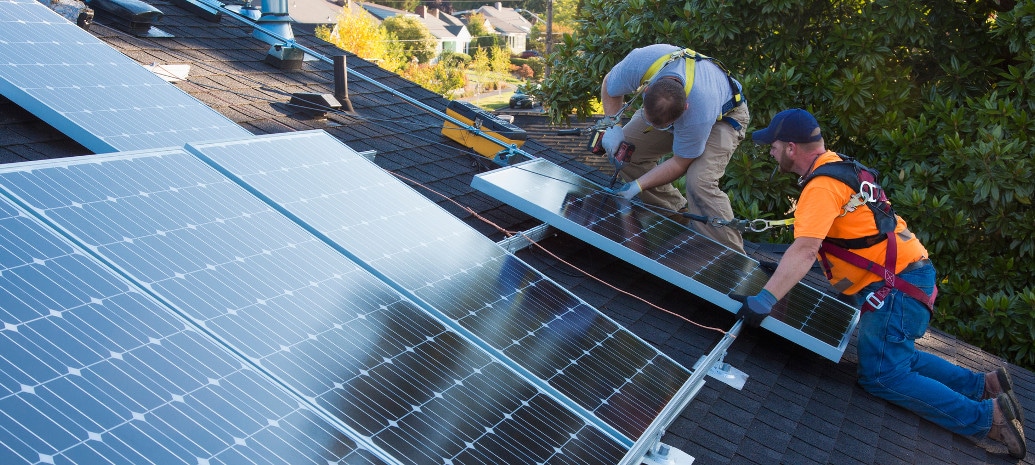Among the many approaches to speeding the deployment of solar, Solarize programs have become among the more popular. These programs focus on community outreach to get groups of homes and businesses in a geographical area to install solar – and often offer better pricing along the way.
Yesterday the New York announced significant success with its initial Solarize programs, and the launch of a new program. As the first announcement, the state has revealed that it has installed 850 solar arrays through the second round of its Solarize campaigns under the NY-Sun initiative, which total 13.5 MW of installed solar.
This includes more than 200 homes in the Brownsville neighborhood, a low-income and traditionally African-American neighborhood in Brooklyn. However, installations were spread across the state, with the largest number of projects (395) and largest capacity (3.1 MW) in the state’s Capital region.
But the New York State Energy Research and Development Authority (NYSERDA) envisions solar on more than just the roofs of homes. Yesterday NYSERDA launched the state’s first Solarize program for manufacturers, with a ribbon-cutting at a 942 kW solar plant at a factory in Glenville.
NYSERDA aims for the program to bring together potential solar customers who are manufacturers in the Capital Region to receive competitive pricing through joint purchasing agreements, and notes that expanding the adoption of rooftop solar to the state’s resurgent manufacturing sector will be vital to supporting the state’s 50% by 2030 renewable energy mandate.
New York will need the help. According to the U.S. Department of Energy, renewable energy excluding large hydroelectric dams represented only 5.4% of the state’s electricity generation in 2016, and this is a long way from 50%. Additionally, according to a study by OhmHome New York’s residential solar market fell 25% year-over-year in the first quarter of 2017, the result of disappearing incentives in leading regions, a high penetration of early adopters and pull-back from national solar installers. That many roofs in New York City are not eligible for solar due to unusual setbacks in the fire code also does not help any.
This content is protected by copyright and may not be reused. If you want to cooperate with us and would like to reuse some of our content, please contact: editors@pv-magazine.com.









By submitting this form you agree to pv magazine using your data for the purposes of publishing your comment.
Your personal data will only be disclosed or otherwise transmitted to third parties for the purposes of spam filtering or if this is necessary for technical maintenance of the website. Any other transfer to third parties will not take place unless this is justified on the basis of applicable data protection regulations or if pv magazine is legally obliged to do so.
You may revoke this consent at any time with effect for the future, in which case your personal data will be deleted immediately. Otherwise, your data will be deleted if pv magazine has processed your request or the purpose of data storage is fulfilled.
Further information on data privacy can be found in our Data Protection Policy.